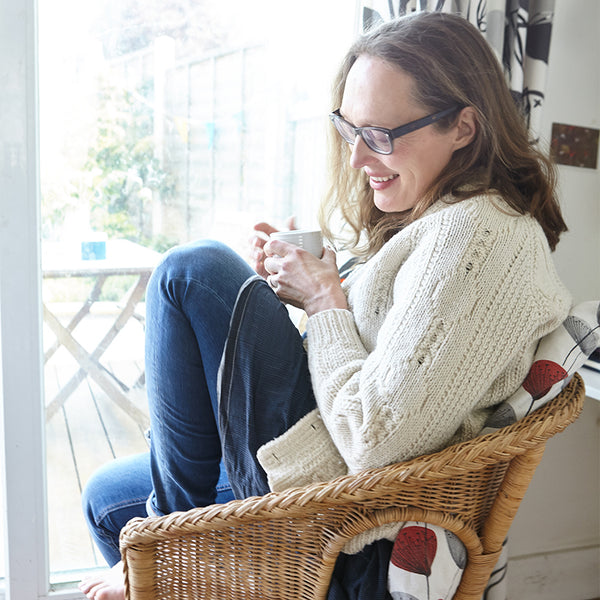
First we had hygge but now a new lifestyle trend has taken over – lagom. But what is it really all about? In her new book The Lagom Life, Elisabeth Carlson talks about growing up in Sweden and what lagom means to her. In this extract from the book she tells us what it is really like to live the lagom lifestyle...
Lagom is a quintessentially Scandinavian concept that is now becoming a trend outside Sweden, to the surprise of us Swedes. As far as the rest of the world is concerned, it means “not too much, not too little, but just about right.” It doesn’t mean “not enough,” or imply frugality. If you have any interest in learning the Swedish language or understanding Swedish culture, you could do worse than learn about lagom.
While I was growing up in Sweden, I didn’t really question lagom, the idea of living with consideration for others, and doing things simply and practically. The word was part of everyday life. Essentially, it’s about balance. Lagom was how my mother served dinner, and how she explained the temperature of the lake—lagom warm (mostly too cold in my view, back then). Lagom also meant staying within social norms, which, of course, as a teenager felt restrictive. Now I realize my relationship with lagom was complicated, and I guess that’s true for most Swedes, probably more so than we care to admit.
Age 19, I rebelled against being “just lagom” and moved to Madrid, where life was completely different—it was loud, people were open and opinionated, and they didn’t try to hide their emotions. I loved the culture shock. But in Spain and elsewhere, I carried lagom with me. A quiet affinity existed between us ex-pat Swedes about how to do things the lagom way. We had probably all moved abroad to get away from it, but with distance, lagom had become something we were comfortable with and recognized. We wanted to have lagom but our version of it—not showing off or grabbing too much of the spotlight but still celebrating when things went well, being happy for each other and ourselves, and knowing it’s okay to be different, because actually we are all part of an interconnected whole.
With age, I understand that lagom is a key part of having a healthy and balanced journey in life. So much of who I am, my views, my beliefs, my decisions, are guided by this sentiment, and it explains a lot about why I reacted as I did, both at home, pushing against it, and abroad, being guided by it. Perhaps the lagom of my childhood didn’t suit me. As an adult, having found my own equilibrium, I have developed my own sense of lagom, which I can appreciate and apply to my own life.
Living the lagom way doesn’t mean safe life. You can still take risks, just lagom risks!
The lagom I live by today comes with acceptance, inclusion, laughter, love. It recognizes difference, sees possibilities, yet seeks to include, to encourage, and it can be applied to every aspect of life.
